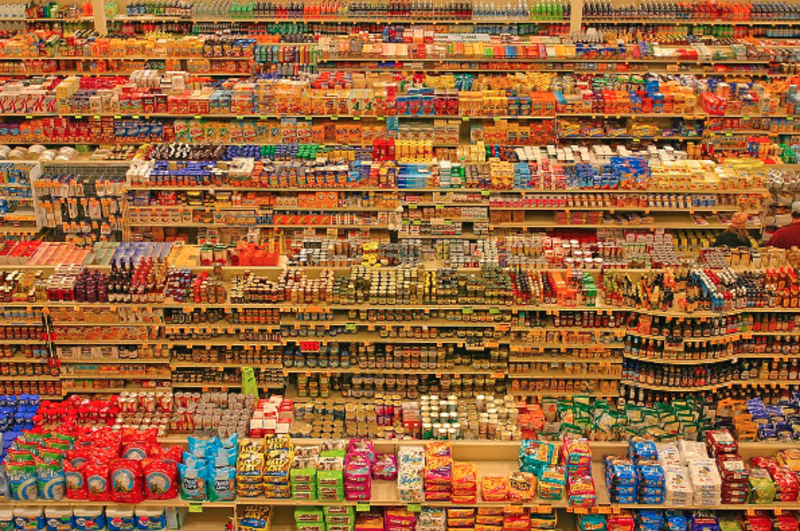$37 chicken, $14 yogurts, and $8 cabbage? Apparently, we haven’t seen the worst of it, as groceries are set to become even more expensive in the coming months.
Driving the news: Inflationary pressures in the grocery sector are piling up. In the last year, grocery chain Metro says it received tens of thousands of requests from suppliers for price increases to account for the rising cost of everything from fuel to labour to packaging.
- Many large chains are still in a blackout period for price increases until February, but the cost-increase requests in the system are set to send prices higher.
Catch up: Last week, we wrote about how the complexities of getting food from producers to store shelves show us how hard it is to get inflation under control. Food researcher Sylvain Charlebois told The Star, “There seems to be a tug of war going on within the supply chain.”
- Though some shoppers were left confused after Metro hiked its dividend and reported an 11% jump in profits, which they say was driven by non-grocery products.
Why it matters: High grocery prices are dramatically changing our eating habits. A record number of Canadians are using food banks, others are turning to discount marketplaces, and some have even found that eating out can sometimes be cheaper than cooking at home (though results with that strategy may vary).
Zoom out: As of December, the cost of food had risen 11% compared to one year earlier, according to Statistics Canada, and Canada's Food Price Report 2023 is predicting a 5% to 7% further increase in food prices this year. Inflation is cooling, but it’s not going anywhere.
